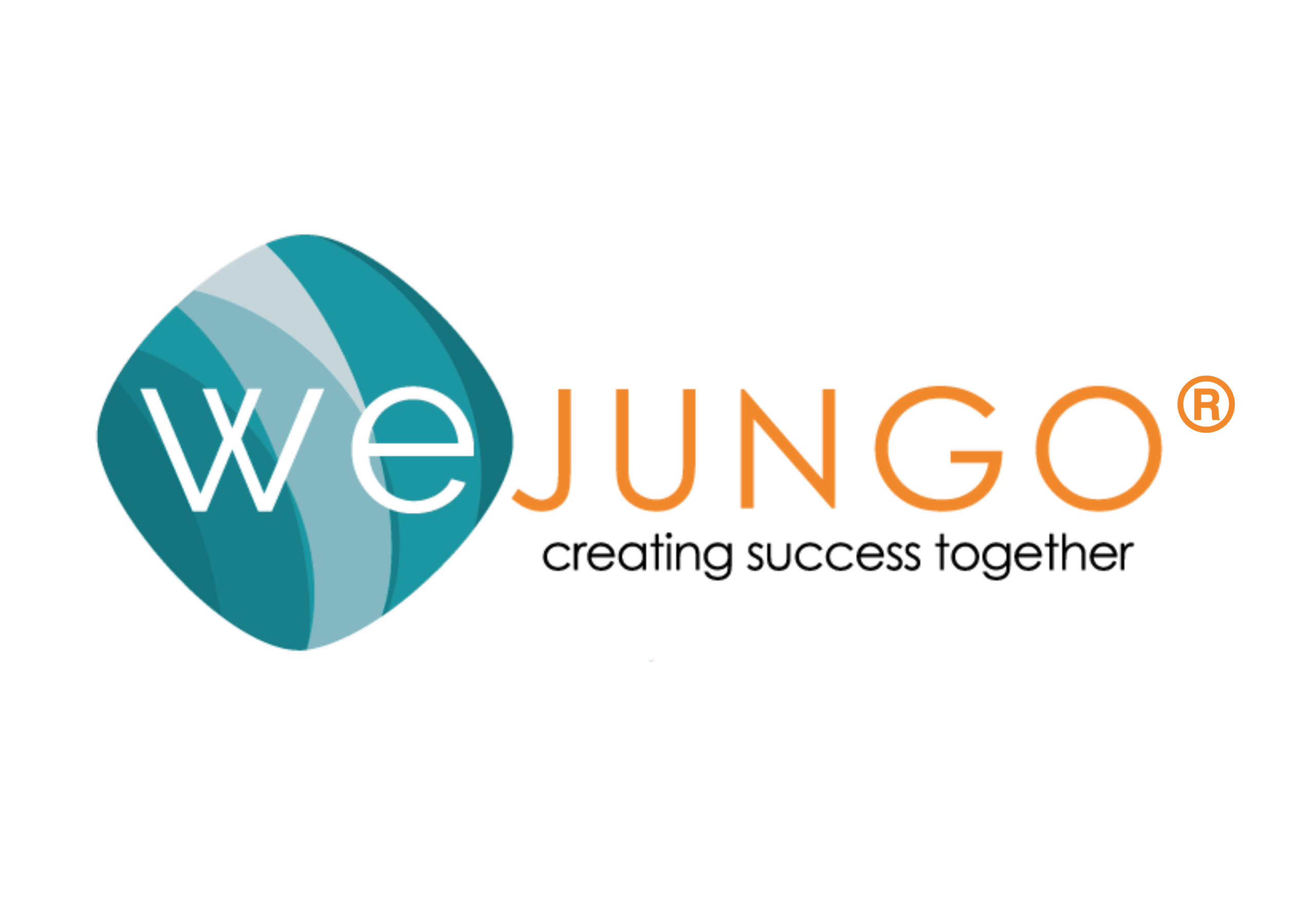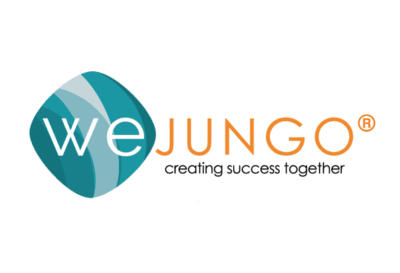Culture Fit & Values Alignment: 4 Tips to Help Avoid a Bad Hire
Create the kind of workplace and company culture that will attract great talent. If you hire brilliant people, they will make work feel more like play.
-Richard Branson
When it comes to toxic employees, HR Resource Force poses the question, “If you would not hire them again, then why do they still work for you?” Dealing with a toxic employee can be a complete hassle at best. They can be a drain on your productivity and your profits. But what if you could avoid that bad hire altogether?
Many people come to interviews bringing their best and ready to give all the answers they think you want to hear. We know it can be difficult to spot every potential bad hire during the interview process. Over the past 10 years we have taught hundreds of companies, hiring managers and business leaders how to do just that. There are 4 steps you can follow to weed out those potential bad hires DURING the interview process, and not after.
#1 Make sure you have a clear recruiting pitch that represents the story of your employer brand
What is your employer brand and your company culture? Harvard Business Review published, The Culture Factor, a guide to determining your culture and shaping it to fit your strategy. Having a clearly
defined mission and set of company values that helps shape how your company works and performs should also be an intrinsic part of your hiring process.
WHAT YOU CAN DO: Evaluate your current culture climate. Define what your aspirational model is and identify goals for defining your company brand. Finally, use this as your structure for creating a hiring strategy that will help you identify the top talent you will need to support that vision.
#2 Interview for culture fit by asking well-thought out questions that relate directly to your company’s values
With your company culture and values clearly defined for your employees to connect with and potential new hires to see what makes your company unique, now what? It?s time to start asking the questions!
WHAT YOU CAN DO: Come up with 3 behaviors that your best employees have, and then come up with examples, questions, scenarios so you can make sure in an interview that you determine whether the candidate has those same behaviors & values. These questions will help identify if the candidate has the soft skills to support those values. LinkedIn Talent Blog shared 5 great questions to identify if the candidate shares your company’s core values. It is a great start to creating questions that will elicit candidates to share real life experience rather than reiterating education, resume content or rehearsed responses.
#3 Ask first, then share
Many candidates, especially those who may be very actively seeking employment, may be looking for any opportunity to agree and share what they think you want to hear.
WHAT YOU CAN DO: Be intentional and prepare quality questions that go further than assessing resume experience. Lean more towards questions that will predict success in the role, elicit quality answers and identify the soft skills necessary to THRIVE within your organization. Some sample questions could include:
- “How do you like to be managed?” (Dig, dig, dig for examples)
- “What is your ideal work environment?” (Dig, dig, dig for examples)
- “What would your perfect workday look like?” (Dig, dig, dig for examples)
- “In one year, what would success look like to you in this role?” (Dig, dig, dig for examples)
- “Tell me about a time you solved a difficult problem at work?” (Dig, dig, dig for examples)
# 4 DIG, DIG, DIG
You have defined your company culture. Your job description now paints a picture of what values drive your company forward and what success in that position looks like. You have attracted your candidates and asked them situation based, accomplishment driven and culture fit questions. Done. Not so fast! Did you really get the answers you need to predict future performance? Asking the questions is not the end. It’s always a good idea to go a little further. Keep digging.
WHAT YOU CAN DO: Based on the scenario or example they shared make sure you ask, Who? What? Where? Why? How? All of these should follow up your initial questions as you dig for those indicators to identify your top candidates and most importantly to identify the toxic candidates you should steer clear from. Take one of the previous questions.
“Tell me about a time you solved a difficult problem at work?”
Follow up questions could include:
- Who did it involve?
- What was the issue?
- How did you approach it?
- Where could you have made changes?
- Why do you think that worked best?












